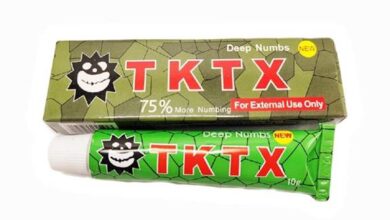Section 321 Customs Clearance Explained for Efficient Import Processing

Section 321 customs clearance allowed shipments valued at $800 or less to enter the U.S. duty-free and without formal customs entry. This provision streamlined import processes by reducing paperwork, speeding up transit, and lowering costs for low-value shipments. It provided a significant advantage for businesses and individuals by simplifying trade and lowering barriers for small shipments.
Since August 29, 2025, Section 321 has been suspended, requiring all shipments to undergo full customs entry and duties regardless of value. This change means longer processing times and new compliance challenges for importers, who must now carefully audit classifications and communicate additional costs to customers. Understanding the impact of this suspension helps businesses prepare for smoother customs clearance and avoid delays.
Awareness of how Section 321 operated and why it ended is critical for anyone involved in cross-border shipping, especially in eCommerce. The suspension marks a shift that affects shipping strategies, costs, and delivery expectations.
Understanding Section 321 Customs Clearance
Section 321 allows certain low-value shipments to enter the U.S. duty-free, speeding up customs processing. It applies specific value limits and criteria to determine eligibility while excluding certain types of goods to ensure compliance and safety.
Definition and Legal Basis
Section 321 is a provision under U.S. customs law that permits the duty-free entry of shipments valued at $800 or less. It was established as part of the Trade Facilitation and Trade Enforcement Act (TFTEA) in 2016 to streamline customs clearance. This rule eliminates the need for formal entry paperwork for qualifying shipments, reducing administrative burdens. The provision bases shipment value on the fair retail price in the country of origin. Customs still requires basic shipment details like shipper and consignee information for clearance under this rule.
Eligible Shipments and Value Limits
Only shipments with a total value of $800 or less qualify for Section 321 clearance. This includes the cost of goods, shipping, and insurance. The shipment must be intended for personal or commercial use but cannot be split across multiple shipments to evade the value threshold. Section 321 applies regardless of the mode of transportation, including air, sea, and land shipments. Eligible shipments bypass duties and taxes, allowing faster entry into the U.S. with less paperwork, but proof of value and proper documentation remain essential.
Exclusions and Restricted Items
Certain goods cannot enter under Section 321 despite low value. These include items requiring mandatory government inspection, controlled substances, weapons, and hazardous materials. Additionally, goods subject to quotas or embargoes are excluded. Shipments of alcohol and tobacco products usually do not qualify. These exclusions ensure safety, legal compliance, and enforcement of trade regulations while using Section 321 for straightforward duty-free clearance of low-value shipments.
Section 321 Clearance Process and Compliance
Section 321 customs clearance allows shipments valued at $800 or less to enter the U.S. duty-free. Importers must follow specific procedures, submit accurate documentation, and ensure correct customs declarations to achieve smooth clearance and compliance.
Procedural Steps for Importers
Importers should coordinate with carriers or customs brokers before shipments arrive at the border. This involves submitting all necessary data to U.S. Customs and Border Protection (CBP) in advance.
Once the shipment value is confirmed to be under the $800 threshold, it qualifies for streamlined clearance without formal customs entry. Importers must ensure the shipment meets safety and security standards to avoid delays or inspections.
Proper communication with all involved parties is necessary to comply with Section 321 rules and to expedite the release of goods.
Documentation Requirements
Documentation must include the shipper’s name and address, consignee details, a description of goods, their weight, and quantity. These details must be precise to enable CBP to verify the shipment meets Section 321 criteria.
Carriers or customs brokers typically help compile and submit required information. Inaccurate or incomplete documentation can result in delays, inspections, or denial of Section 321 benefits.
Importers should keep records of all shipping documents to support compliance and any potential audits by customs authorities.
Customs Declaration and Data Submission
Section 321 shipments require a formal customs declaration submitted electronically, usually via the carrier or broker. This declaration includes shipment value, origin, and description of goods.
Data must be accurate and submitted before the shipment’s arrival at the U.S. border. Carriers enter the information into the cargo manifest under Entry Type 86 or equivalent coding that flags eligibility for Section 321.
Timely and correct data submission ensures shipments clear customs quickly and avoid unnecessary fees or inspection holds.



